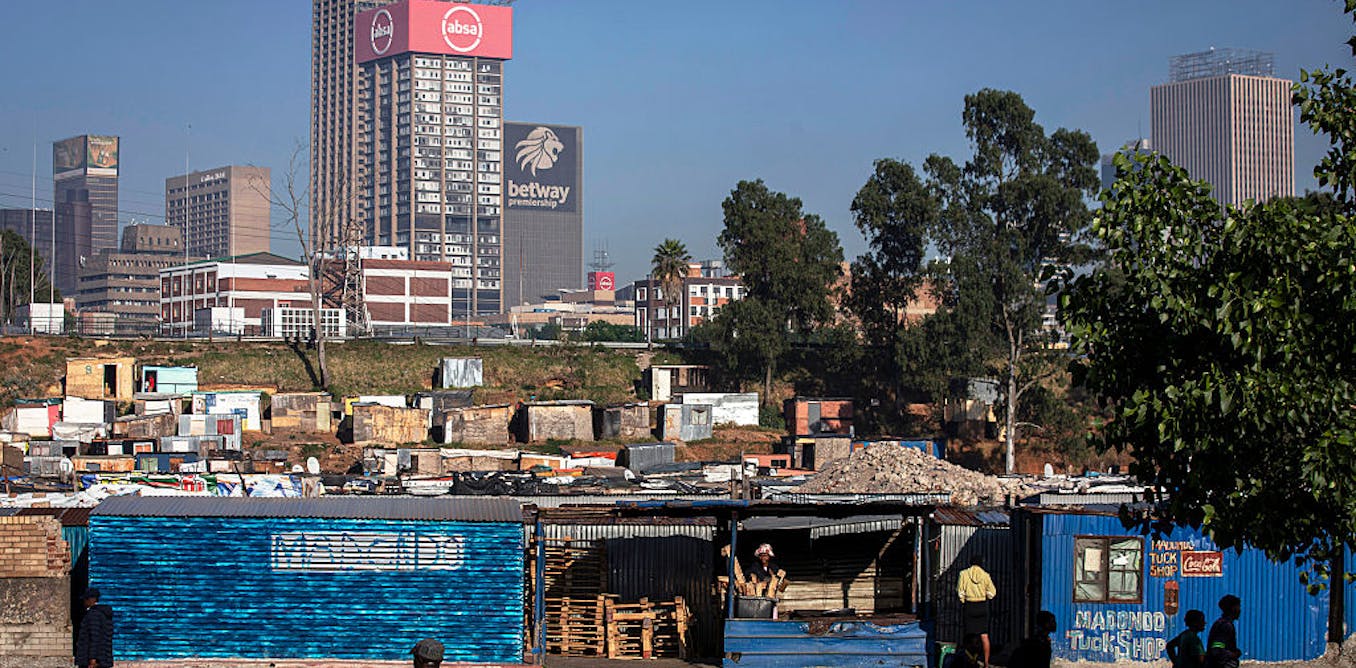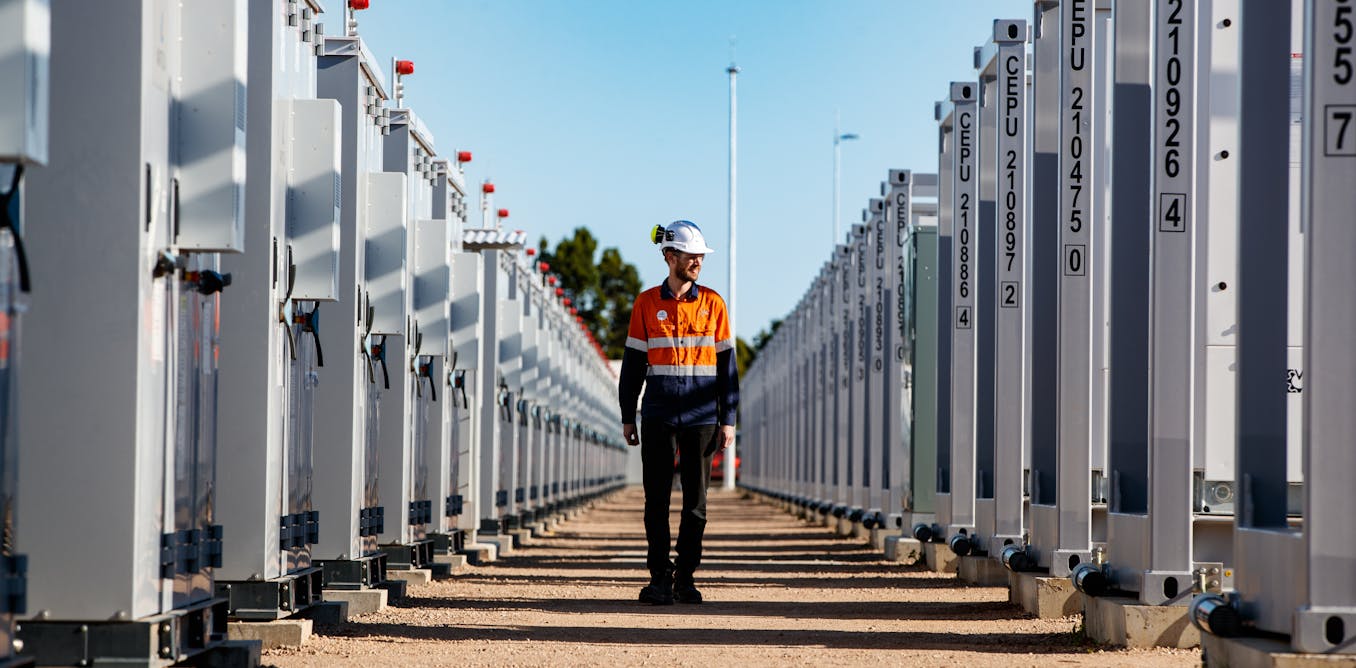An increasingly strong case is being made to bring inequality into discussions about climate change. The logic behind this has been set out by leading international institutions such as the International Labour Organisation, the UN Environmental Programme and the Network for Greening the Financial System.
All have begun to highlight the connection between climate outcomes and inequality. They are stressing that inequality should be viewed as posing systemic and macroeconomic risk. Inequality has been found to undermine democracy, social and political cohesion and economic stability. Inequality also undermines our ability to deal with climate and environmental challenges.
In a recent summary paper we analysed how environmental policies can be designed and implemented with an inequality-reduction lens. We used examples from South Africa, Colombia, Indonesia and Mexico.
As researchers in the research department of the French development agency the AFD, specialising in the analysis of inequality and the social implications of energy and economic transitions, we have seen how climate action can either narrow or deepen existing divides, depending on how policies are designed.
The core of the case we make is that reducing inequality should be a guiding principle in decisions on climate change. There are numerous cases we studied in which it’s clear that countries often simply opt for compensating those who stand to lose from environmental transitions rather than seeking more equitable solutions. This needs to change. But a shift requires focusing on a meaningful reduction of inequality as well as understanding who wins from the transition.
The green transition and the absence of equity
We take the just transition as a starting point as it is increasingly cited as the accepted framework for building sustainable economies. This approach focuses on the social dimension of the ecological and energy transition and highlights the need to secure the livelihood of those negatively affected by the green transition. It highlights an inclusive transition to a low-carbon and sustainable economy, leaving no one behind.
Countries are progressively incorporating just transition principles into their national climate strategies. Examples include South Africa’s 2022 just transition framework and Mexico’s upcoming NDC 3.0. But when it comes to the actual design and implementation of policies, equity is rarely treated as the central concern. This becomes obvious when we look at some of the characteristics of the current green transitions.
Green jobs: The promise often is that these jobs are better, more stable and more sustainable. But the research we coordinated in Colombia with the University of Los Andes shows that these opportunities benefit groups that already have advantages. Examples include university-educated urban men. Women, youth and rural populations remain largely excluded.
Green infrastructures: We looked at who owns green infrastructures, such as solar parks, wind farms, smart grids, and storage systems. We often saw it remained largely in the hands of large private and multinational companies. In South Africa, for instance, the union Numsa has pushed back against a profit-driven renewable energy programme that transferred risks to the state and kept electricity tariffs high. The main beneficiaries of the programme are financial actors and multinational corporations. This is a good illustration of how ownership determines who controls energy as well as who truly gains from the transition.
Environmental protection policies. These include:
-
protected areas – defined spaces with the goal of nature conservation and the preservation of ecosystems
-
biodiversity offsets – intended to compensate for environmental damage caused by development projects.
These policies and plans for environmental protection can generate inequalities as they are often designed top-down. As a result, local communities can lose out.
What needs to shift
Putting inequality reduction at the centre means more than adding a social component to existing programmes.
In Colombia, the findings point to the need for early and targeted public policies to address labour market disparities. Examples include:
-
integrating training in renewable energy, energy efficiency and other sustainability-related skills into technical and vocational training
-
using approaches tailored to local needs and that are sensitive to gender differences.
Another thing that needs to change is the level of support for businesses and particularly small enterprises so that they can contribute to job creation. Most of them operate informally and rely on survivalist strategies. Evidence from South Africa showed that they’re excluded from just energy transition plans.
We also identified areas that need improvement around taxation. A fair climate policy should start with recognising that carbon taxes are not neutral: their burden falls differently across income groups.
In Indonesia, the study we led with our partners using microsimulation found that a €30-per-ton carbon tax would slightly increase costs for lower-middle income households. But when revenues were recycled through targeted cash transfers to low-income and energy-poor households, the policy had positive outcomes.
Read more:
Renewable energy projects in rural Ghana have some built-in limitations
This example shows that equity depends less on the tax itself than on how its proceeds are used.
Finally, democratising ownership of the energy transition process is key to ensuring that it’s just. Our evidence shows that community and user-owned models can make renewable infrastructure inclusive as well as viable. Examples include community-owned solar installations, worker share ownership schemes and multistakeholder cooperatives.
In Mexico’s Río Lagartos, for example, a local fishing cooperative invested in a solar-powered ice machine. This led to costs being cut and local incomes being boosted.
Next steps
Inequalities threaten the commitment to existing efforts in the climate domain. Embedding the reduction of inequality into climate action is an opportunity for a meaningful transformation.
The examples we found of best practice as well as the weaknesses in initiatives can help guide policymakers. The needle is moving in discussions on inequality. The suggestion by the G20 Extraordinary Committee of Independent Experts on Global Inequality is a case in point. It has recommended the creation of a global panel to provide guidance to countries on how they can ensure that reducing inequality sits at the heart of their development trajectories.

The post “Climate change and inequality are connected – policies need to reflect this” by Anda David, Senior researcher, Agence Française de Développement (AFD) was published on 11/21/2025 by theconversation.com




































Leave a Reply